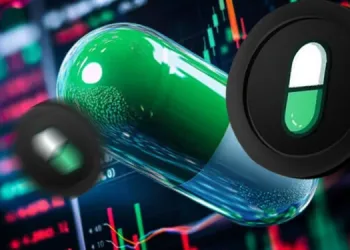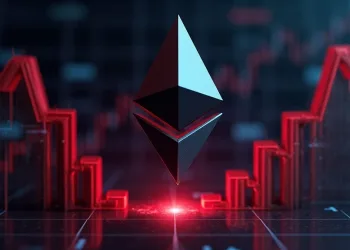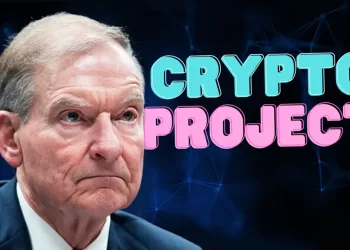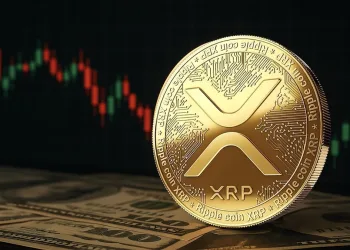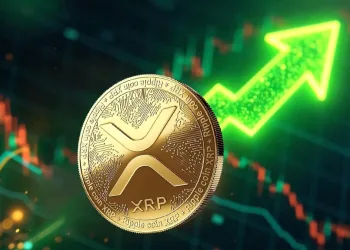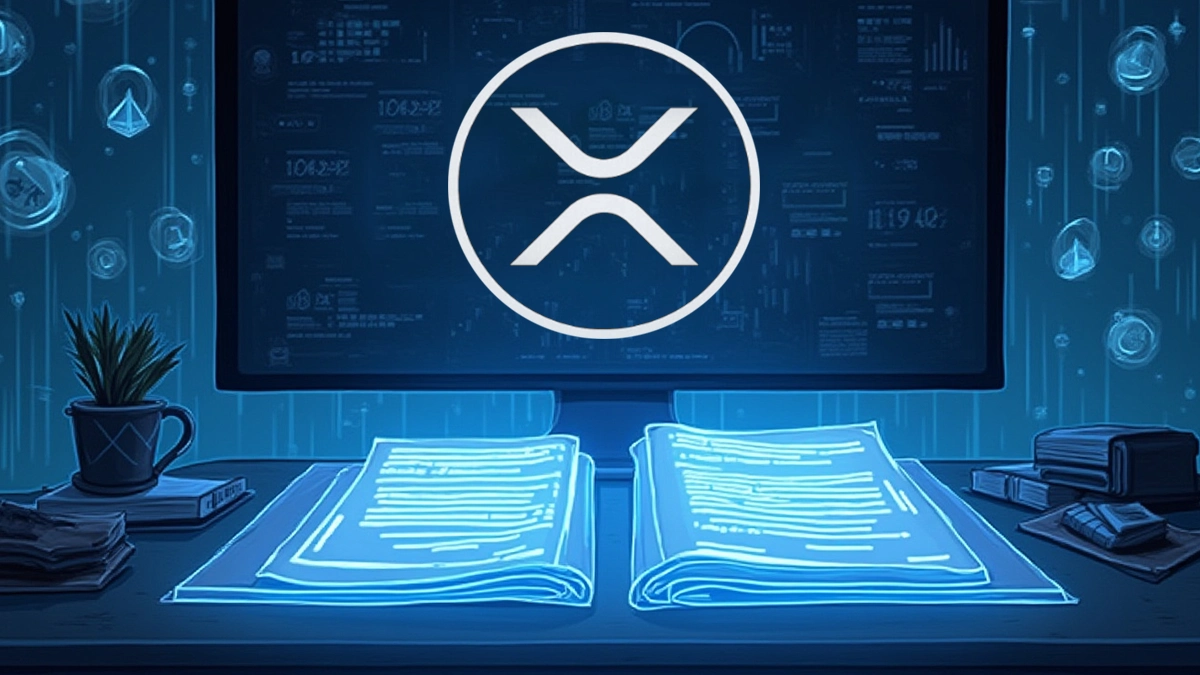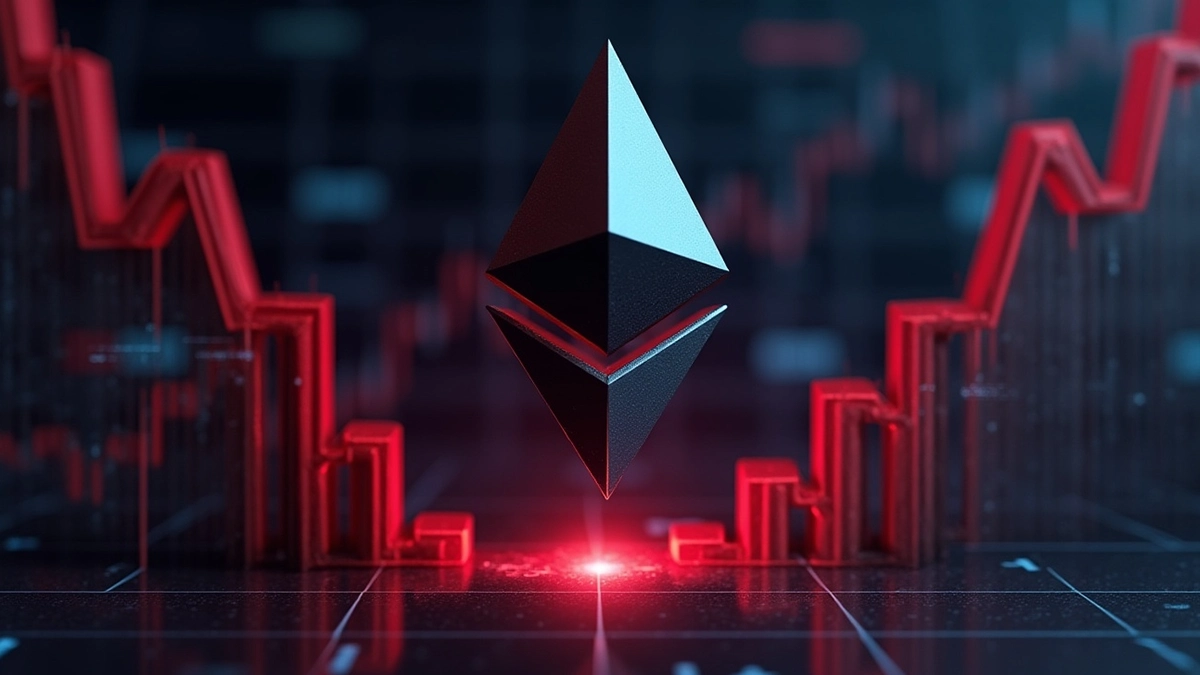- Ripple launched XRP in 2012 to serve banks, not retail, and built the XRP Ledger for fast, low cost cross-border transactions.
- Started a legal battle with the SEC during 2020 ended it in 2025, clearing way for institutional growth, including ETF and futures interest.
- With CME futures and ETF filings from Grayscale and others, XRP gains renewed interest after years of regulatory challenges.
Ripple’s XRP has been in the crypto market since its launch in 2012. Designed for fast and affordable cross-border payments, XRP remains central to Ripple’s efforts in transforming financial infrastructure.
Ripple was one of the early blockchain innovators, and XRP was part of that vision from the start. Ripple’s focus was not retail traders, but rather financial institutions.
This positioning led to the development of the XRP Ledger, a blockchain made for enterprise payments. However, XRP’s journey has included regulatory hurdles, most notably a prolonged lawsuit with the U.S. Securities and Exchange Commission (SEC) that concluded in 2025.
XRP Ledger’s Unique Setup and Network Functions
The XRP Ledger (XRPL) supports Ripple’s digital asset but operates differently from other blockchains like Bitcoin or Ethereum. Instead of Proof-of-Work or Proof-of-Stake, XRPL uses a consensus protocol relying on trusted validators.
Each server keeps a Unique Node List (UNL), identifying validators it trusts to confirm transactions. This system allows faster consensus, typically within 3 to 5 seconds, and avoids high energy usage.
XRP is XRPL’s native currency, pre-mined with a fixed supply of 100 billion tokens. Around 58.4 billion XRP are in circulation, while Ripple holds the rest in escrow. XRP pays for transaction fees on the ledger, with a minimum cost of 0.00001 XRP.
Unlike Ethereum or Bitcoin, these fees are not given to validators but permanently burned, adding a deflationary aspect. Moreover, XRP plays a key role in the decentralized exchange (DEX) built into XRPL. It acts as a bridge between trading pairs, improving liquidity when direct order books are thin.
Real-World Usage, RippleNet and Financial Integration
XRP acts as the settlement asset on RippleNet, Ripple’s payment network aimed at replacing SWIFT for global transfers. RippleNet links banks, payment providers, and financial firms, enabling near instant settlement using XRPL’s blockchain.
XRP’s utility expanded in recent years, including support for decentralized finance (DeFi), NFTs, and real world asset tokenization. Ripple also launched RLUSD, a stablecoin native to XRPL.
As XRP’s role grew, so did its scrutiny. In December 2020, the SEC sued Ripple, its CEO Brad Garlinghouse, and co-founder Chris Larsen. The SEC alleged unregistered securities sales exceeding $1.3 billion.
In July 2023, a federal court ruled that institutional sales were securities, but retail sales were not. The ruling led to a $125 million fine, later reduced to $75 million following a March 2025 settlement. Ripple also dropped its cross-appeal.
XRP Price Volatility, Exchange Listings and Storage Options
Following the legal settlement, XRP gained momentum again. The CME plans to launch XRP futures in May 2025. Several major firms, including Franklin Templeton and Grayscale, have filed for spot XRP ETFs.
XRP is already listed on most global centralized exchanges like Binance, Coinbase, and OKX. For storage, supported wallets include Trust Wallet, Exodus, Ledger, and Trezor. XRP’s price history shows extreme volatility. It hit an all time high of $3.40 in January 2018 and once dropped to $0.14.
A key concern remains Ripple’s control of a large portion of XRP supply. Although mostly locked in escrow, its release schedule could impact market liquidity. As a Layer 1 blockchain, the security and updates of XRP Ledger also directly influence XRP’s value. Its codebase remains open source and audited by external firms.





